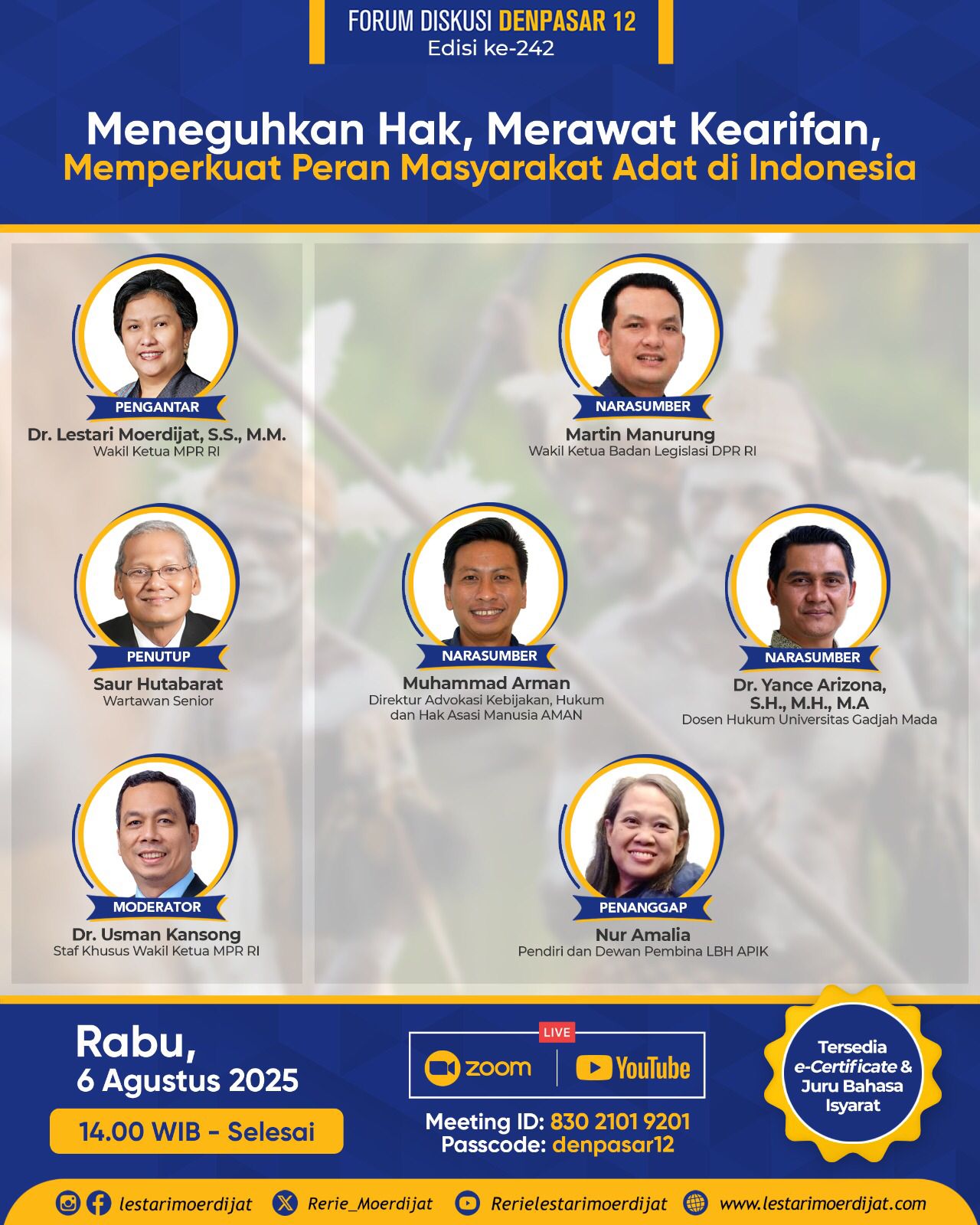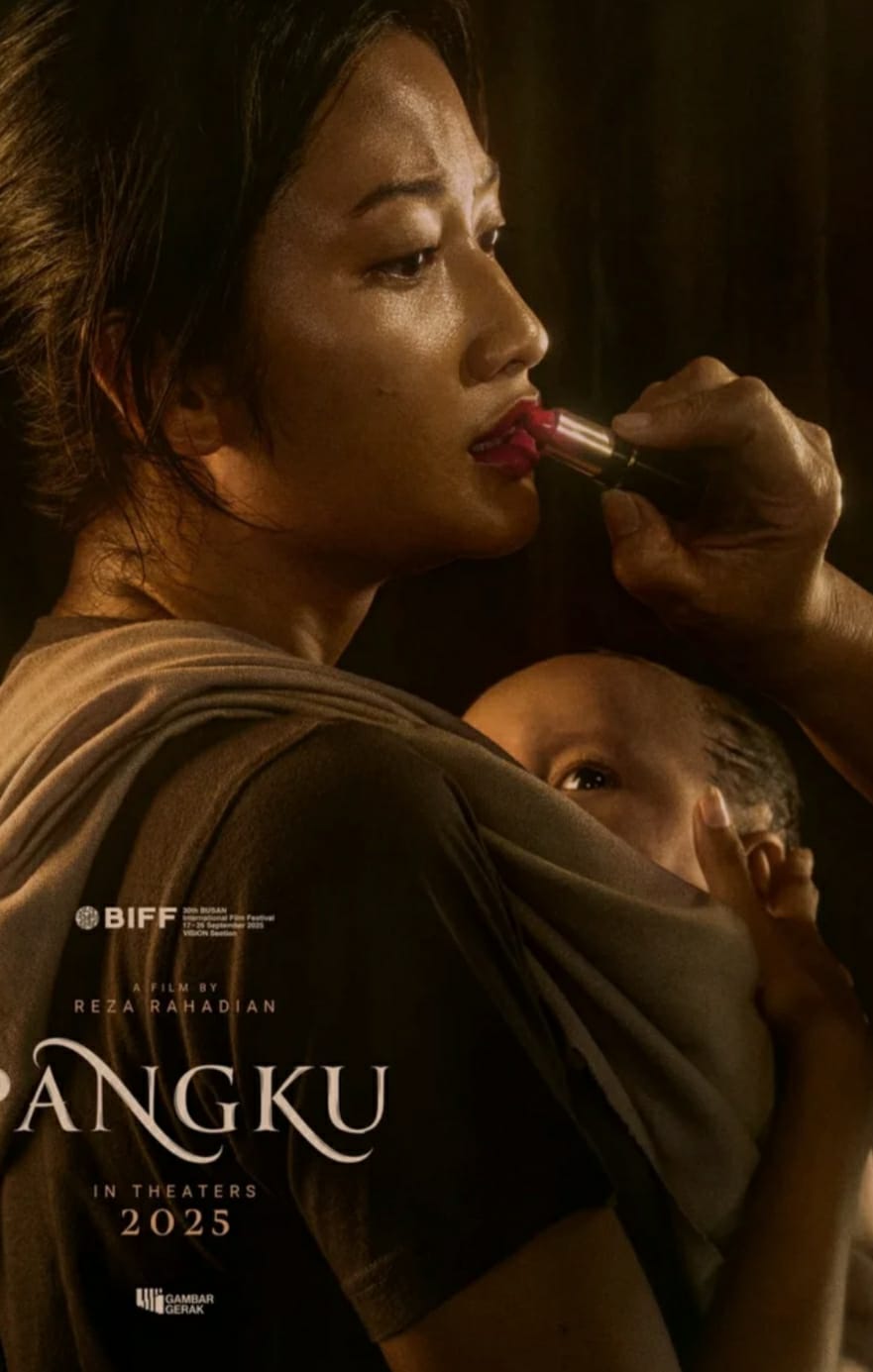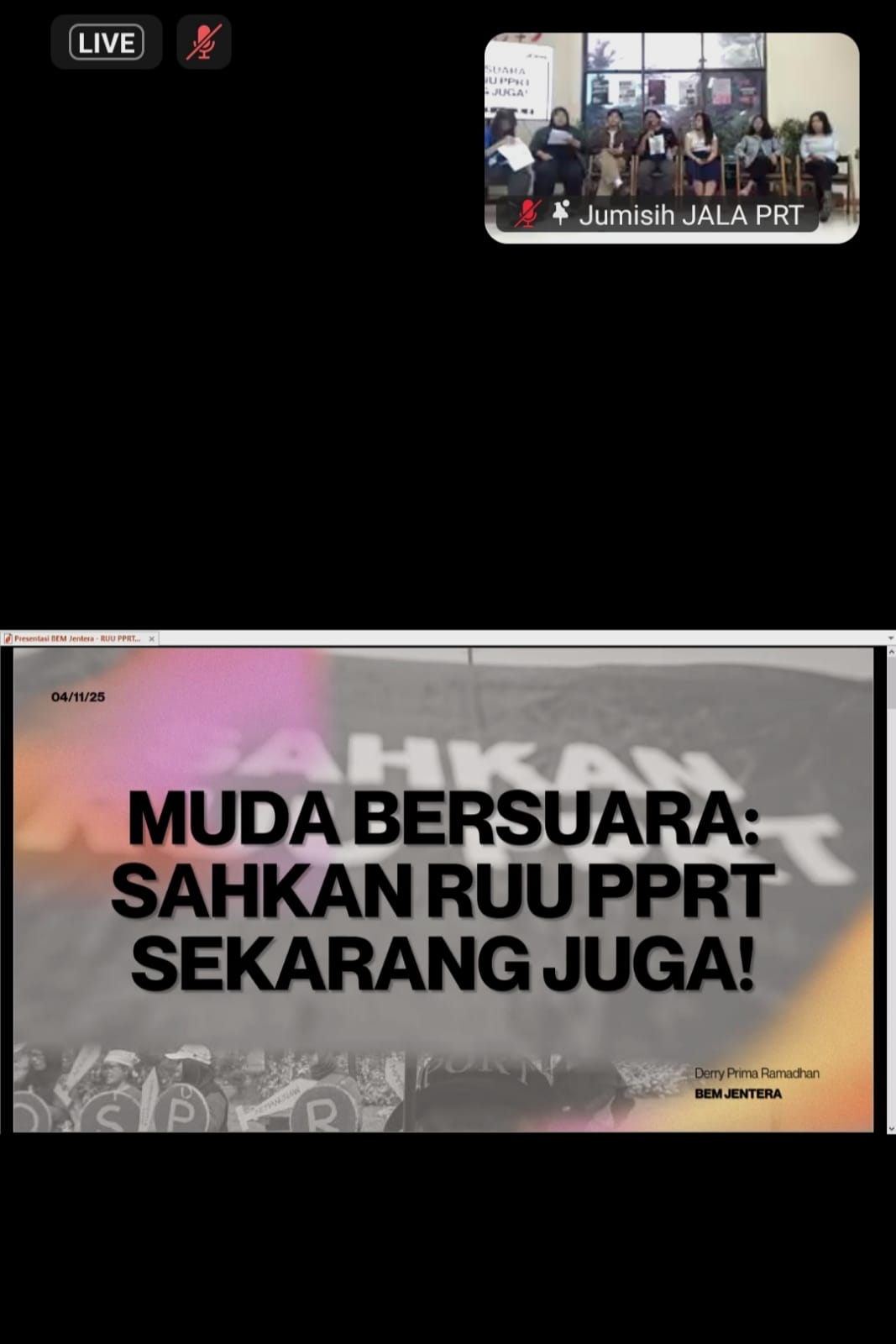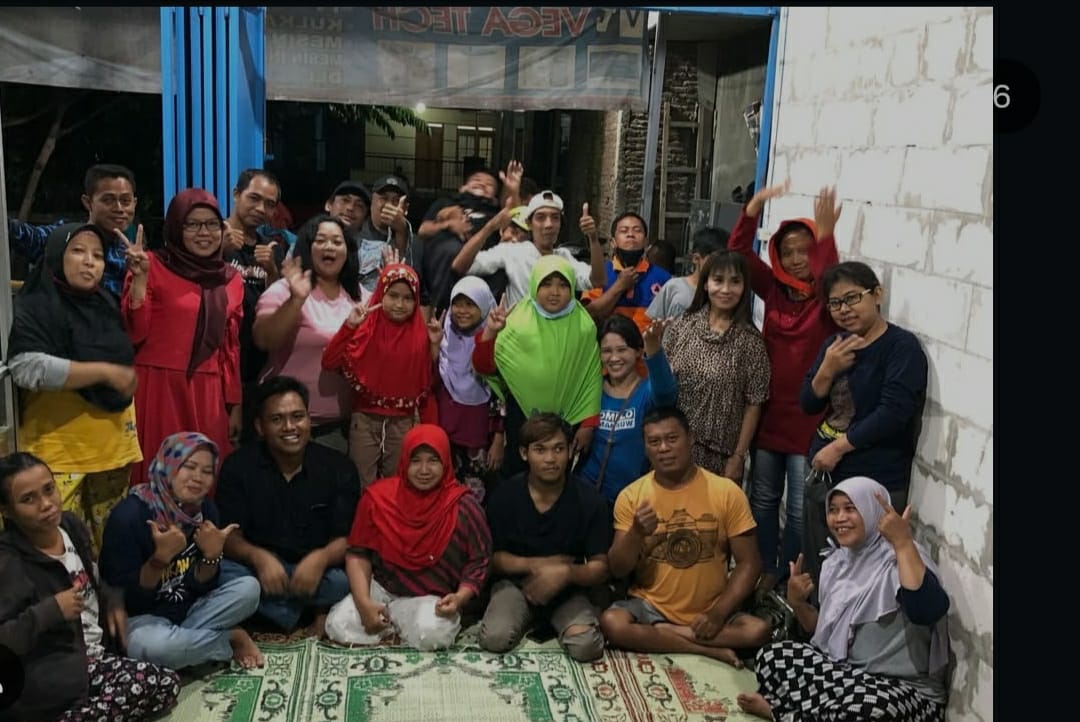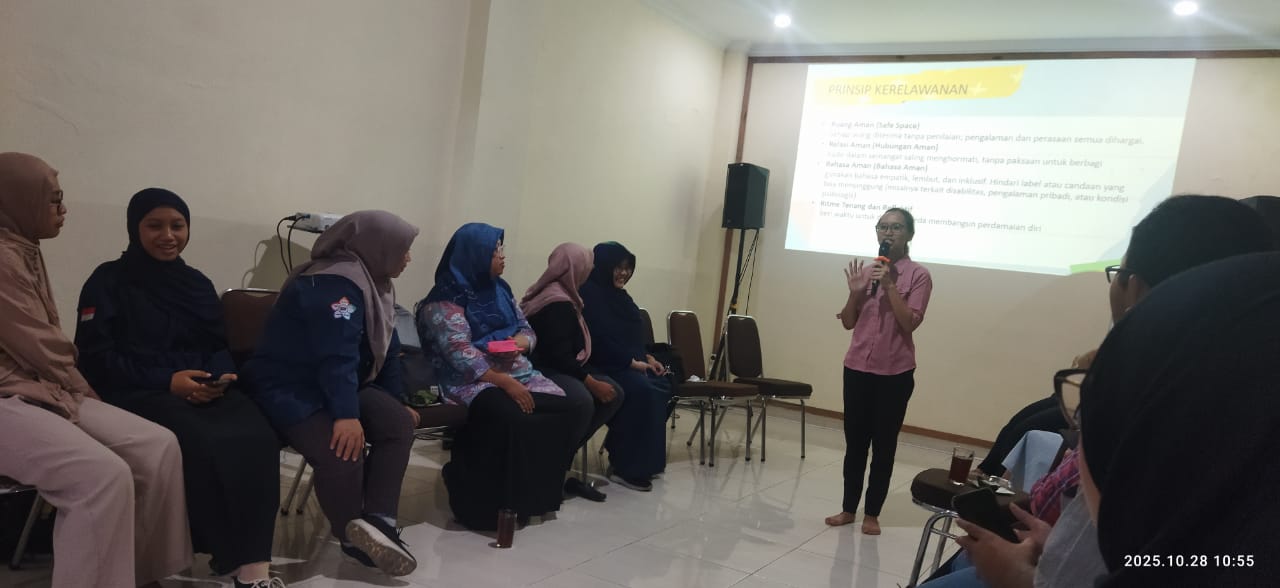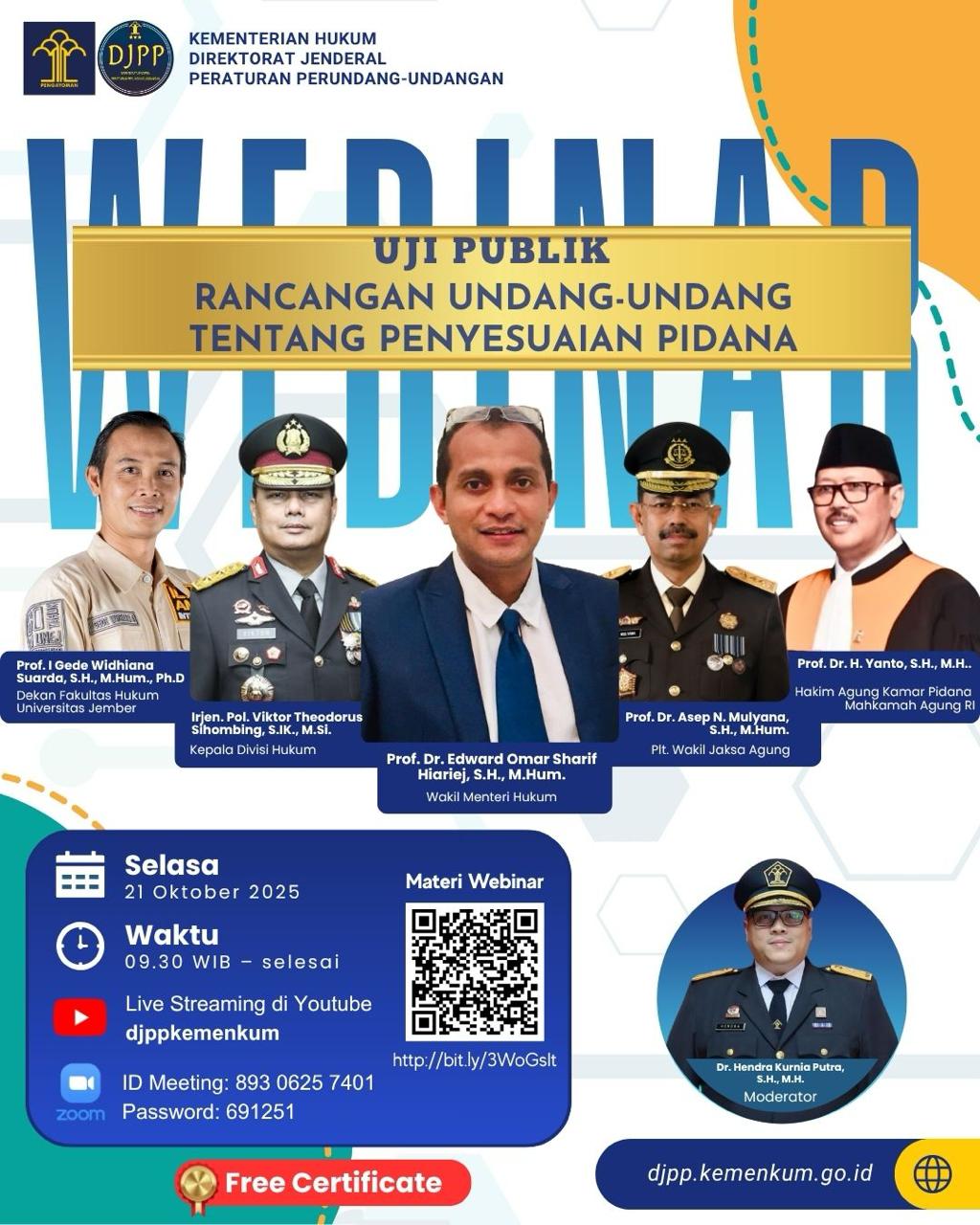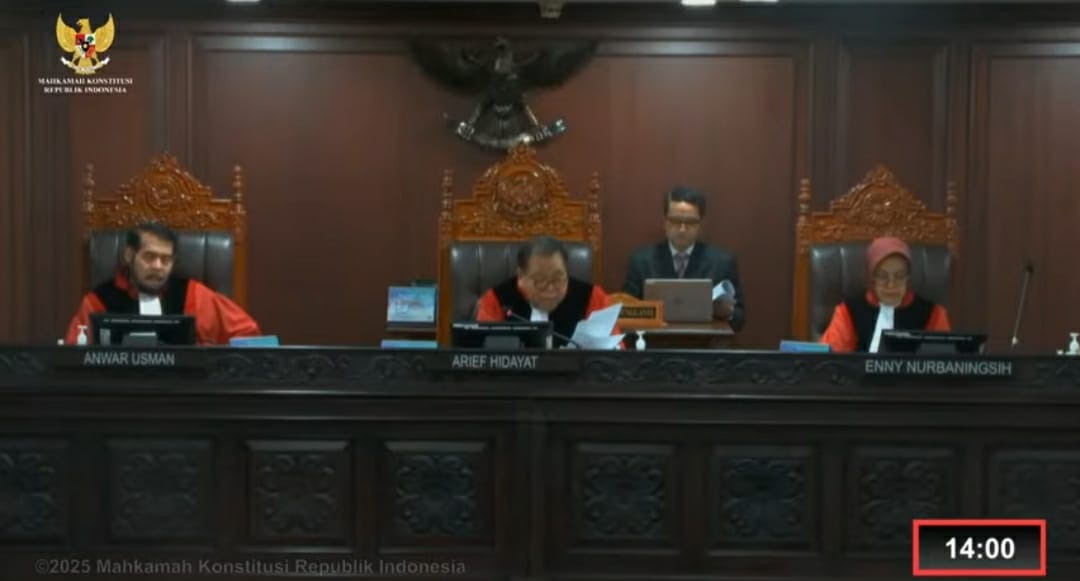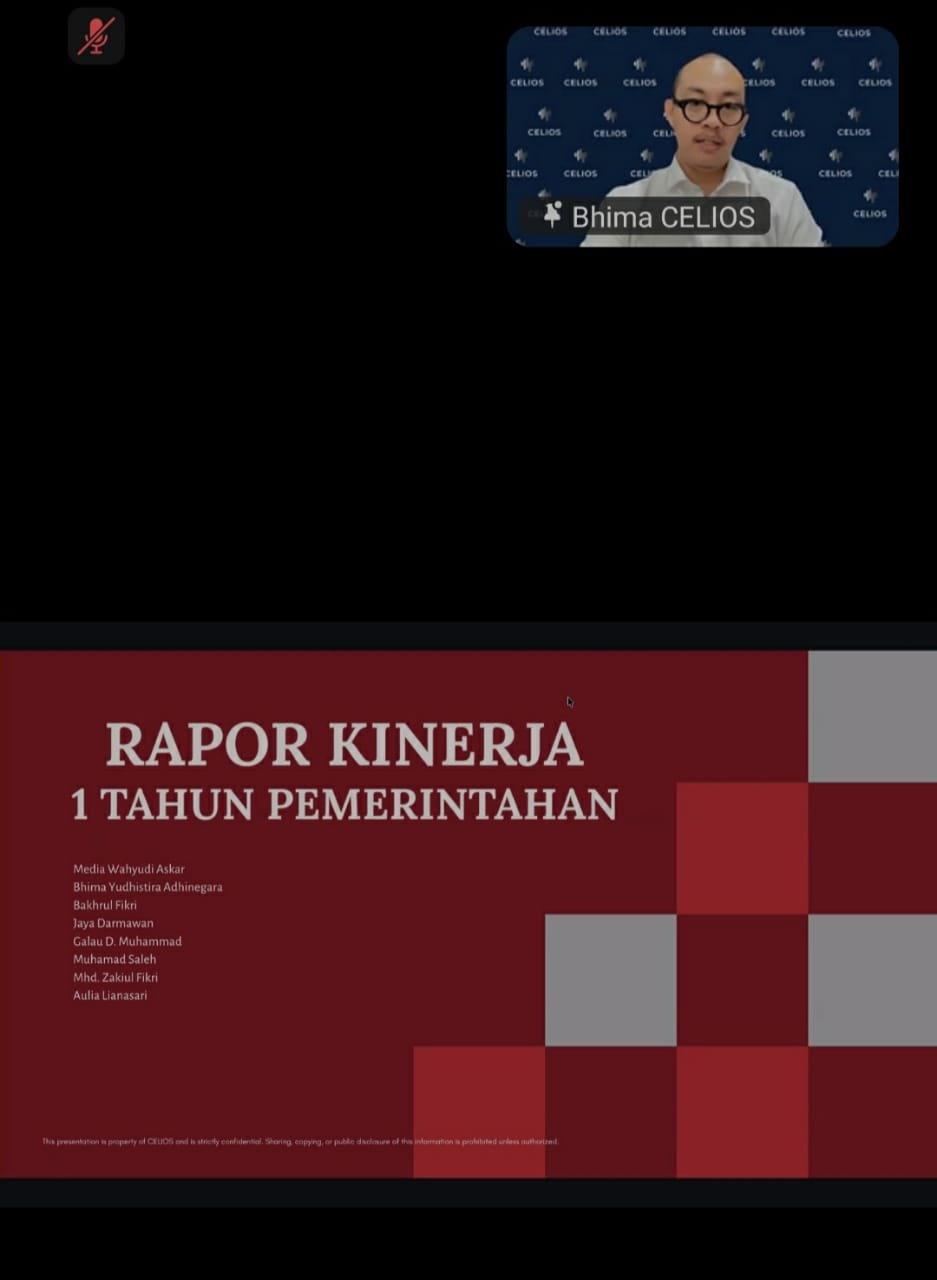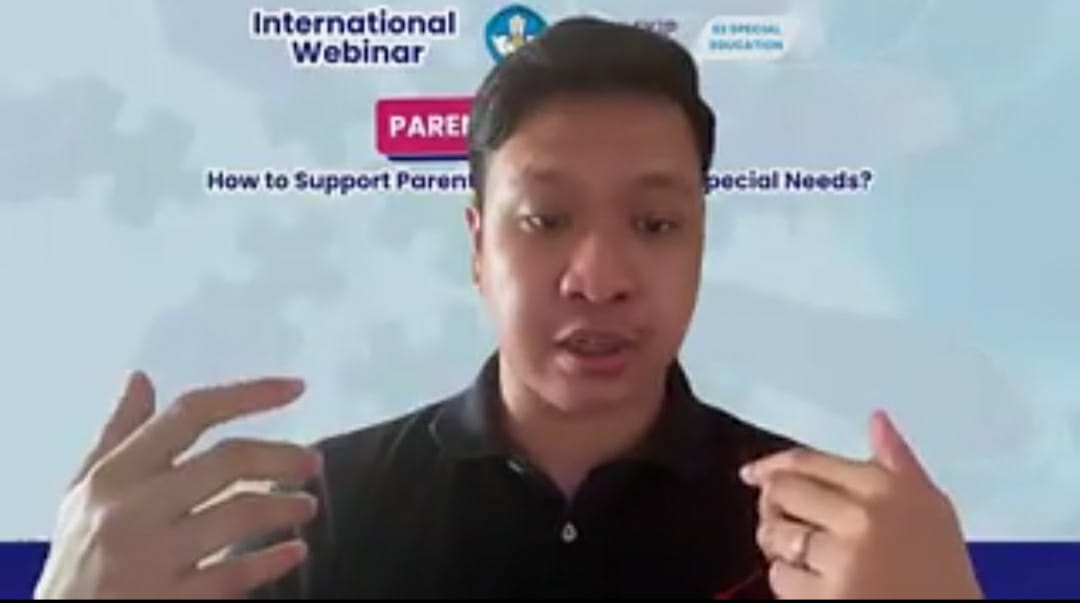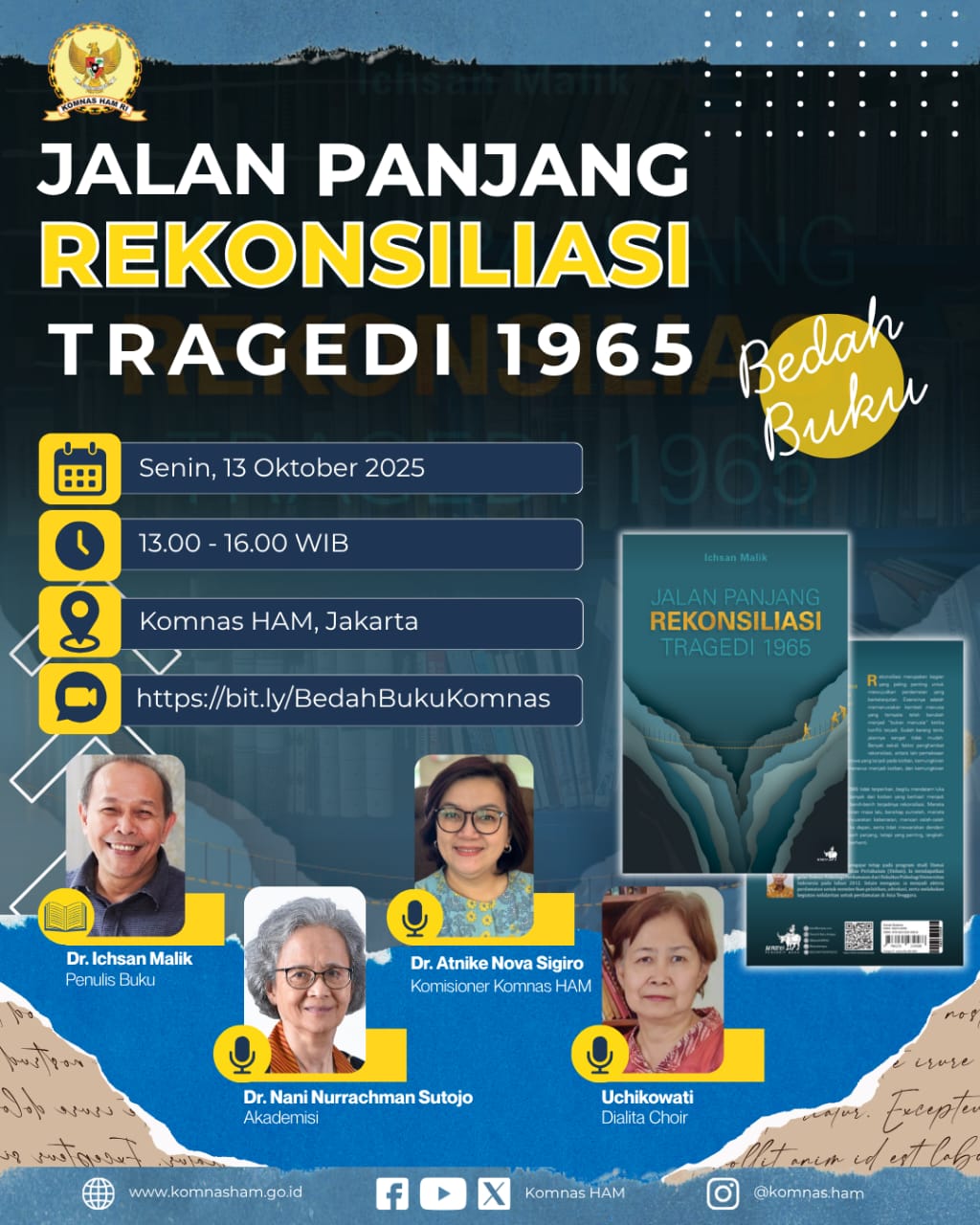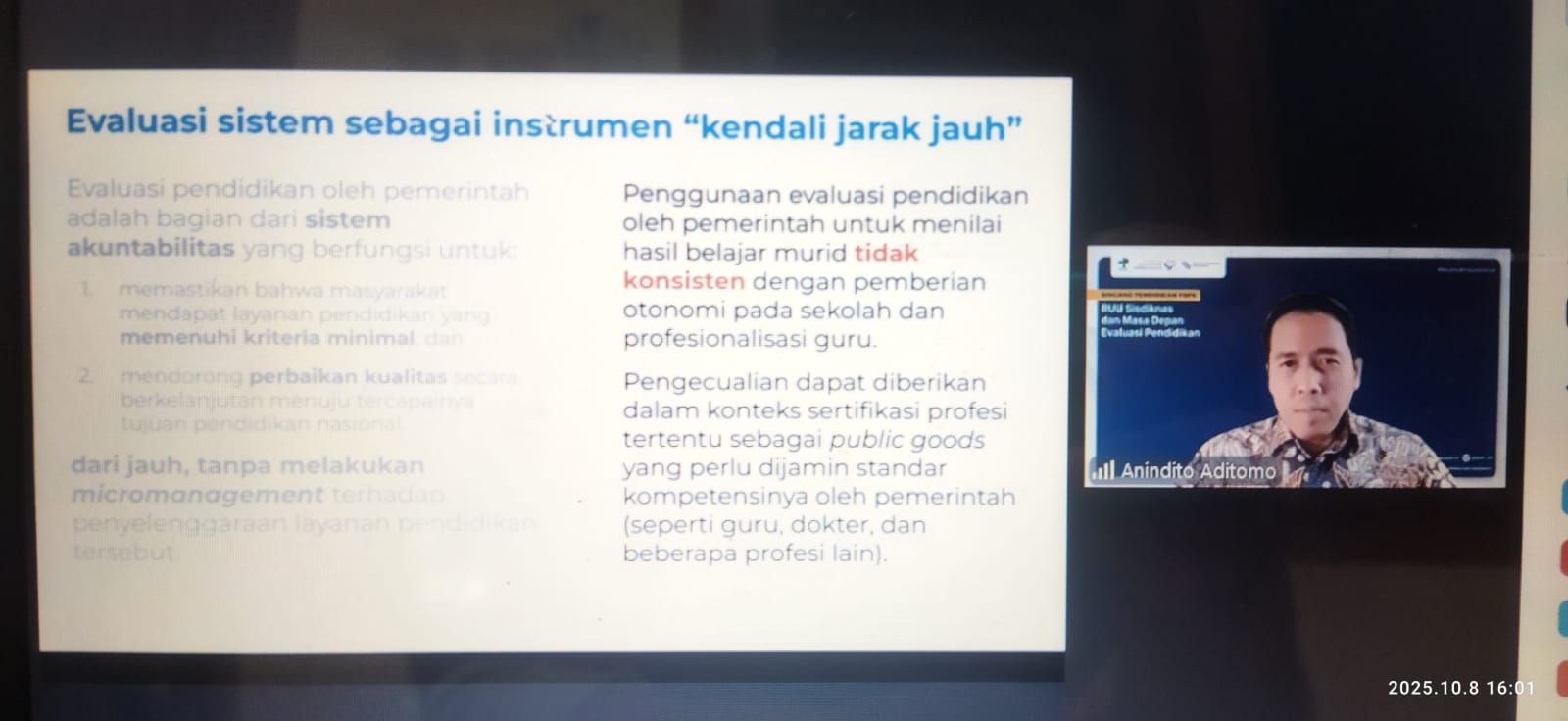Muhammad Amran from Indonesian Indigenous Community Alliance or Aliansi Masyarakat Adat Nusantara (AMAN) pointout out four realities regarding indigenous land and areas during Denpasar Discussion Forum 12 on “upholding Rights, Caring for Local Wisdom, Consolidating Roles of Indigenous People of Indonesia on Wednesday (6/8).
The first was that the indigenous land and forest was one critical aspect of their activities. The second was history - that is the long relationship between one indigenous area to other indigenous areas, such in evident in Sumatra. Land symbolised the mother in many communities. Losing as mother was like losing everything. Destroying land or forest or other natural resources was akin to committing crime to one’s own mother. Then one had to look at the ecological aspect by connecting indigenous land with the social aspect and so on, and finally to look at the economic aspect. The way indigenous people view the world is different from modern development view where the latter seemed to look at things without much consideration of the relationship between one aspect with the indigenous land.
So what to do? Amran said that we had to focus on the draft Law on Indigenous Community that had been an issue for a while. Why was this law important for indigenous communities? There were a number of issues. The first was that one had to make sure that indigenous communities got the recognition they deserved as citizens. How? By formal recognition or conversely through non-political process such as what did just now, through Regulation which allowed the government to recognise the issue into legal recognition. The second was to set up a national body to deal with indigenous issue to address the existing situation that made it more difficult for indigenous communities to get recognition.
Amran adds that the draft law had to be able to address the conflict regarding indigenous people’s rights. He wanted a national body to be able to resolve such conflict. This law had to be able to promote synergy - for example, there were at least 30 laws that regulated indigenous communities with each having specific points of view and criteria. He insisted that indigenous communities were non anti-development, that they wanted to be part of the nationhood, as respected full citizens, that were protected by the State and whose rights were guaranteed. If Indonesia was truly built as a nation on the basis of differences, and where one of its foundations was indigenous communities, then what happened to the indigenous communities - in terms of the lack of respect, the damages done - then the whole nation would collapse.
What would aman or indigenous communities do then when it came to the draft law? Amran had had talks with a variety of parliament members - both within the government ruling parties, including PKB among others. "In the last meeting, AMAN and its coalition handed out an academic paper and draft law to the parliament," said Amran.
There were other countries who treated the indigenous people in an ideal manner, such as the Philippines. The latter was a close neighbouring country who had Law on Indigenous People. Yance Arizona, another resource person, confirmed this. The Philippines recognised human rights in its constitution, and then reaffirmed that through law on indigenous people. Indonesian constitution had far more progressive constitution, so where did the indigenous people fit in that constitution in Indonesia?
Yance indicated that there had to be changes in paradigm from recognition to protection. This could be integrated in the draft law. The Indonesian Government was there to protect its citizens. The indigenous communities were integral part of thgis nation, and their existence predated the Indonesian nation. So it was the duty of the government to protect them.
So, it was the important task of the Indonesian took concrete actions because, for the past eighty years, indigenous land had been taken away, natural resources being extracted or converted into conservation. This was the time to protect the indigenous communities, by among others, setting up law on indigenous people. This would be solid foundation for diversity, which was the core of a nation whose core principle is unity in diversity.
Diversity also required a stand-alone law on indigenous people. The constitution had stipulations on indigenous communities, including Article 8 point 18b regarding sub-national government that recognised indigenous people and their traditions, and which was stipulated in Article 283 on human rights regulating indigenous people and their cultures and Article 32 re. the context of education and culture which also included traditional people.
The three constitutional bases might have used different terminologies when talking about indigenous people. Yet, they had the same idea about indigenous people as had often transpired during discussion on the draft law preparation. This had been on for fourteen years, and we needed an innovative interpretation regarding the terminology used in relations to indigenous people. If the terminology only dealt with customary law community then that only referred to Article 18b point 2. Then what about Article 28? In other words, the term indigenous people should be the reference for the future, which could be integrated into the constitution. What indigenous people had already raised were issues that related to languages, cultures, conflicts they faced as indigenous people.
These last ones were social issues that led to injustices - marginalisation, criminalisation, and imporverishment of indigenous people detached from their rich natural resources which they were not be able to use because of resource conflicts. This was especially true when the government referred to indigenous people’s natural resources in different descriptive terms, which impede protection, establish difficult procedures, costly, and involve so many stakeholders that the process became so complicated. It was like a different set of law onto itself.
There were in facts laws that regulated indigenous communities, but these law were not in synergy with each other, and used different terms in order to regulate the existence of and security of indigenous people within the overall context of extractive mining and plantation.
Yance explains that the draft law on dingenous people was desperately needed to address the lack of regulation. It was a form of accountability to address social problems with regards to indigenous people, but also to establish accountability to ensure better law on indigenous people. There were many constitutional court’s decision already to address the issue, and these could be used as bases for recognition of indigenous people. Ada beberapa peraturan operasional, yet the problem was there were limited actions. There were also sub-national policies - whether these were regulations, government decisions which dealt with the different dimensions of indigenous people. But these were not sufficient to address the complex and diverse social and legal issues with regards to the existence of indigenous people, when the policies tended to be based on political processes rather than public services.
By politics, it referred to the fact that the government was to “busy” defining the subject, for example “who were indigenous people?” when there wree so many issues that indigenous people faced that had little to do with the definition of “who were the indigenous people?” when their languages started to disappear, and the government would only acted when there was recognition. So in time, this would drag on that the indigenous people would start to disappear. The focus should have been on protection of their rights without getting us into the trap of political problems - hence recognition of indigenous people, which was key issue faced by indigenous people for so long. (Ast)




